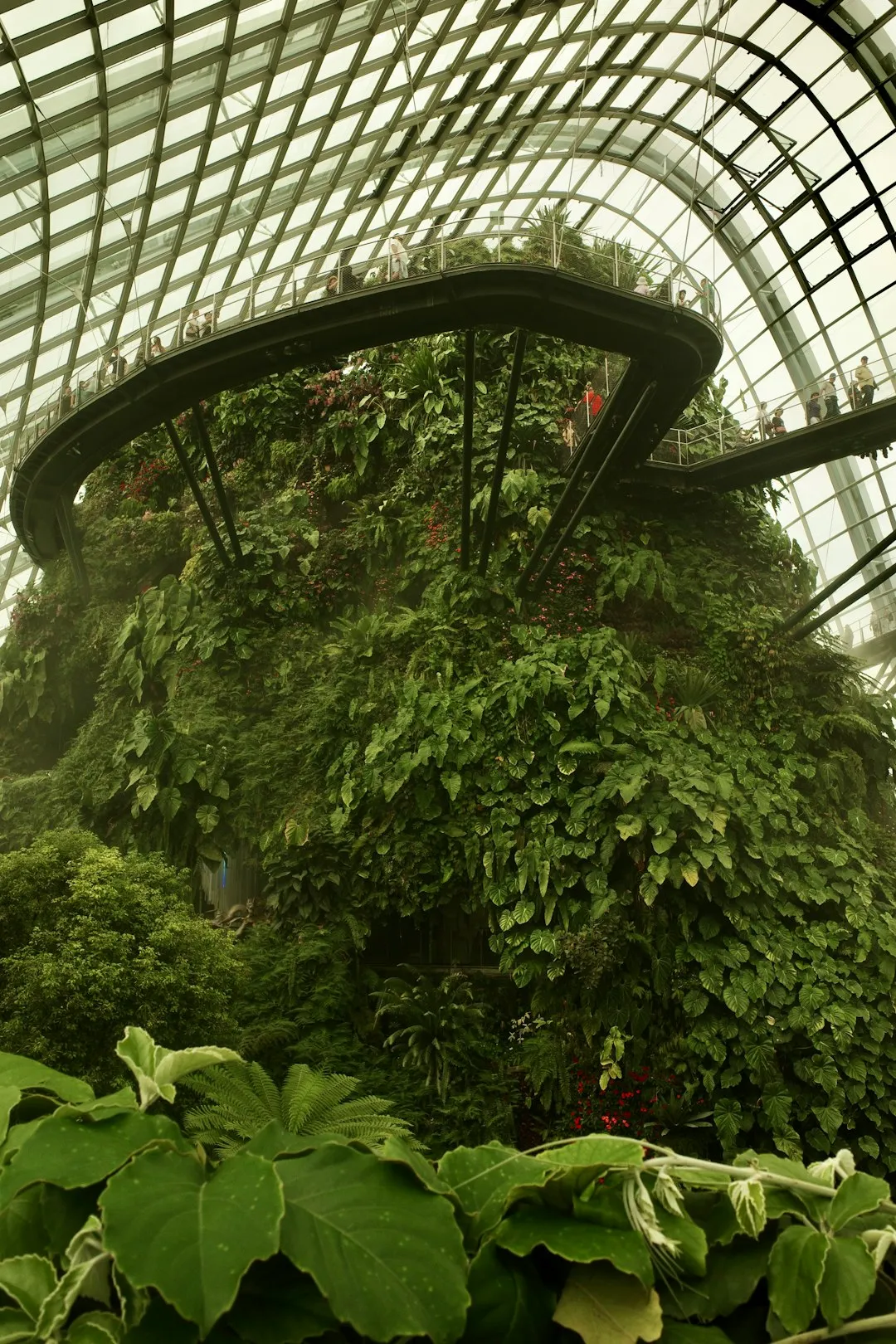The Secret to Saving Your Sagging Snake Plant

Houseplants have become an integral part of many households, not only adding a touch of nature but also purifying the air. Among the popular houseplants, the snake plant stands out for its hard - to - kill reputation and striking appearance. However, one common issue that snake plant owners often face is their leaves falling over. In this guide, we'll explore the possible reasons behind this problem and how to fix it.
1. Overwatering
Overwatering is perhaps the most common culprit when it comes to snake plant leaves falling over. Snake plants are succulents, which means they store water in their leaves. They are adapted to survive in arid conditions and do not need frequent watering. When you overwater a snake plant, the roots can become waterlogged. This leads to root rot, a serious condition that can weaken the plant's structure. As the roots are unable to support the plant properly, the leaves start to droop and fall over.
To fix this problem, first, stop watering the plant immediately. Check the soil moisture level by sticking your finger about an inch into the soil. If it feels wet, wait until the soil dries out completely before watering again. You may also need to repot the plant into fresh, well - draining soil. Make sure the pot has drainage holes to prevent water from pooling at the bottom.
2. Lack of Light
Snake plants are known for their ability to tolerate low - light conditions, but they still need some amount of light to thrive. When a snake plant doesn't get enough light, it may start to stretch towards the light source. This causes the leaves to become weak and bend or fall over. The plant may also grow tall and spindly, which further compromises its stability.
To solve the light problem, move your snake plant to a brighter location. A spot near a north - or east - facing window is usually ideal. If natural light is limited, you can also use artificial grow lights. Place the grow lights about 12 - 18 inches above the plant and keep them on for about 12 - 16 hours a day.
3. Pests and Diseases
Pests such as spider mites, mealybugs, and scale insects can infest snake plants. These pests feed on the plant's sap, which weakens the leaves and can cause them to fall over. Additionally, fungal and bacterial diseases can also affect the health of the snake plant. For example, leaf spot diseases can cause the leaves to develop lesions and eventually become too weak to stand upright.
If you suspect a pest infestation, isolate the affected plant to prevent the pests from spreading to other plants. You can use insecticidal soap or neem oil to treat the pests. For diseases, remove the affected leaves and improve the air circulation around the plant. Avoid getting water on the leaves when watering to prevent the spread of fungal spores.
4. Pot Size and Root Bound Issues
If your snake plant is in a pot that is too small, the roots may become root - bound. This means the roots have filled up the entire pot and have nowhere to grow. As a result, the plant's growth is restricted, and the leaves may start to fall over. Root - bound plants also have a harder time taking up water and nutrients, which can further weaken the plant.
To address this issue, repot your snake plant into a larger pot. Choose a pot that is about 2 - 3 inches wider in diameter than the current pot. Make sure to use fresh, well - draining soil. Gently loosen the roots before placing the plant in the new pot to encourage healthy root growth.
5. Nutrient Deficiencies
Snake plants don't require a lot of fertilizer, but they still need some essential nutrients to stay healthy. A lack of nutrients, especially nitrogen, phosphorus, and potassium, can cause the leaves to become weak and fall over. Nitrogen is important for leaf growth, phosphorus for root development, and potassium for overall plant health and disease resistance.
You can use a balanced, water - soluble fertilizer formulated for houseplants. Dilute the fertilizer according to the package instructions and apply it to the soil every 2 - 3 months during the growing season (spring and summer). Avoid over - fertilizing, as this can also cause problems for the plant.
In conclusion, caring for a snake plant involves understanding its specific needs. By addressing the issues of overwatering, lack of light, pests and diseases, pot size, and nutrient deficiencies, you can ensure that your snake plant remains healthy and its leaves stand upright. With a little attention and care, your snake plant will continue to be a beautiful and vibrant addition to your home.